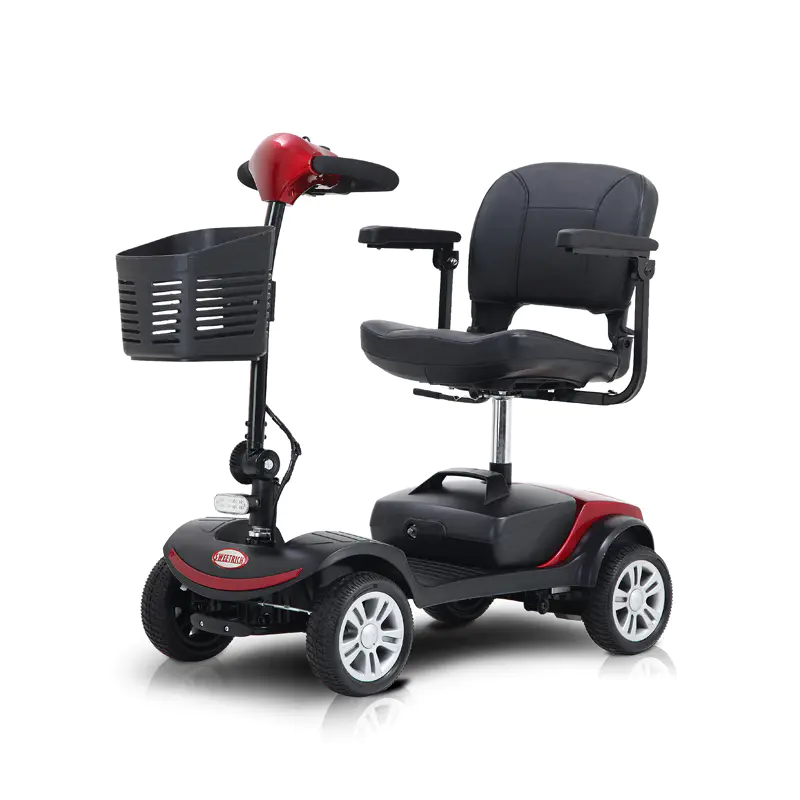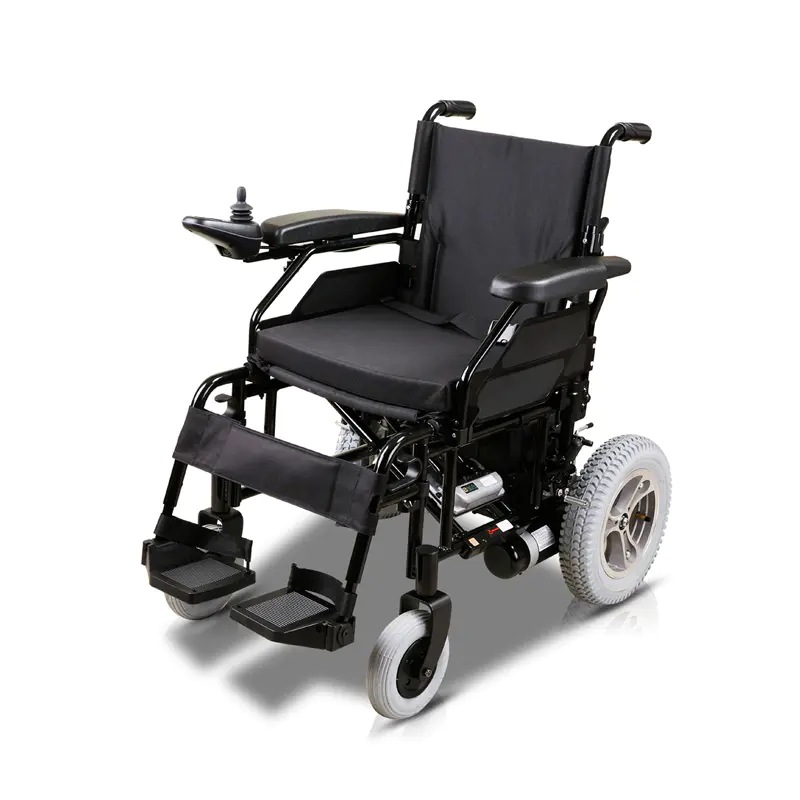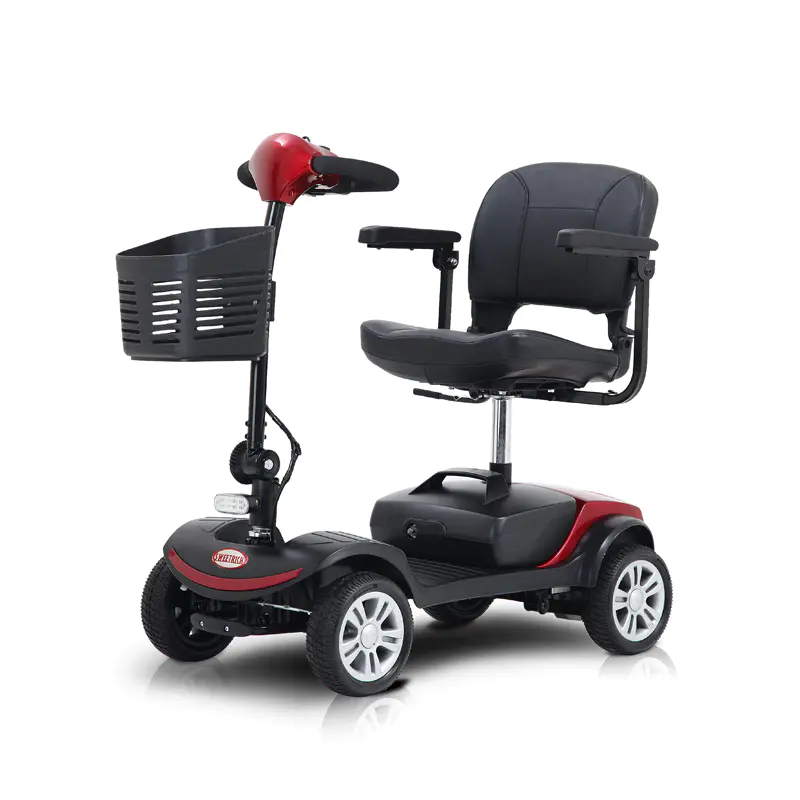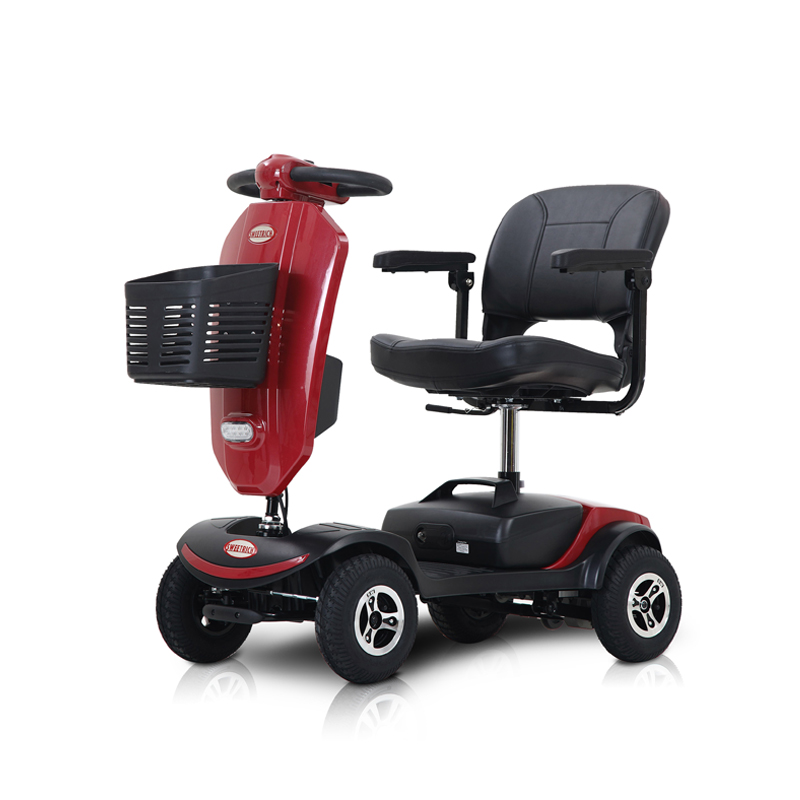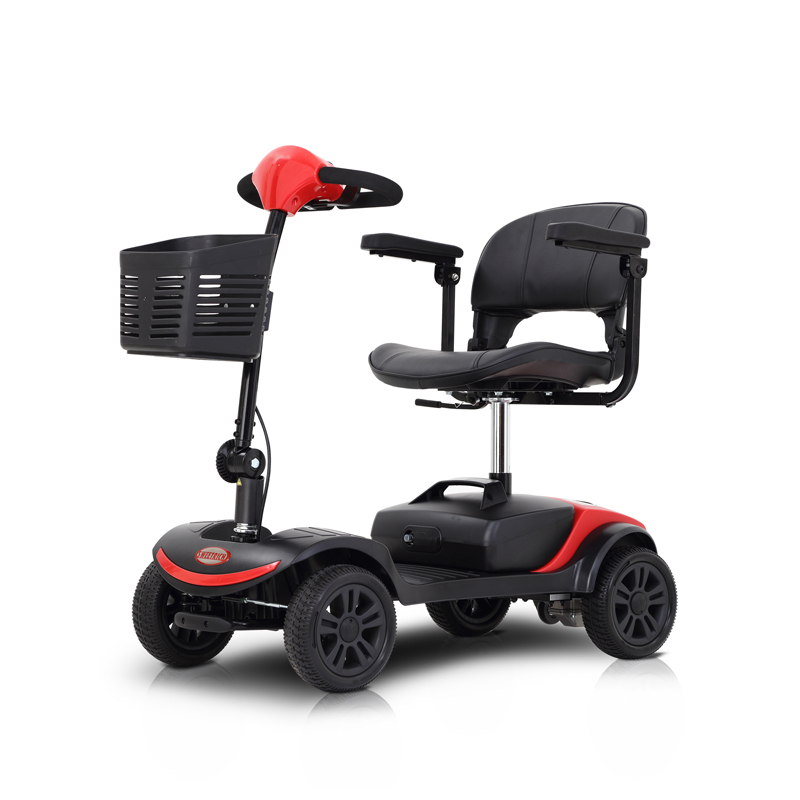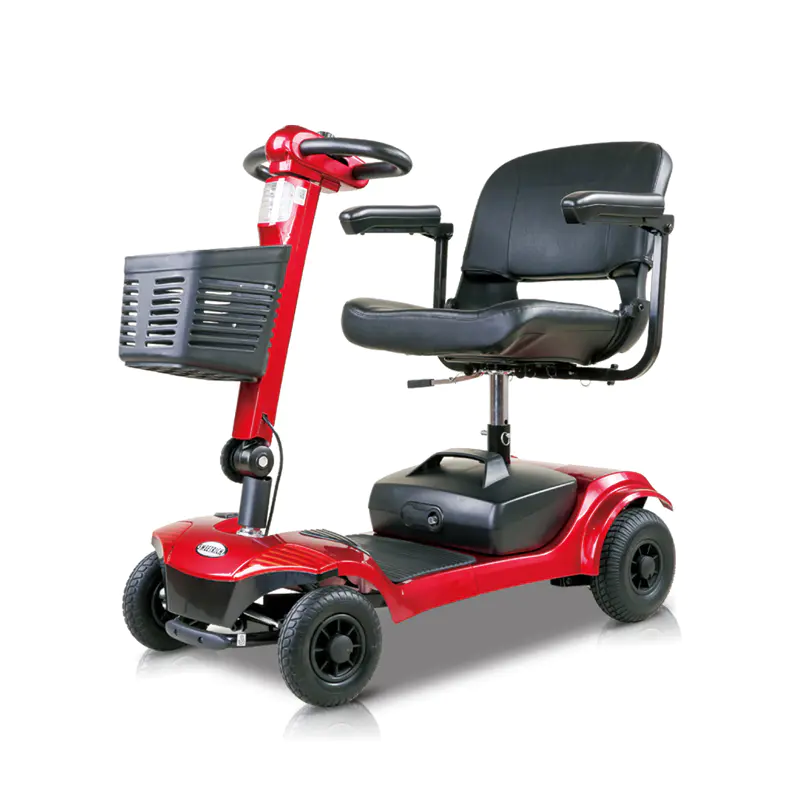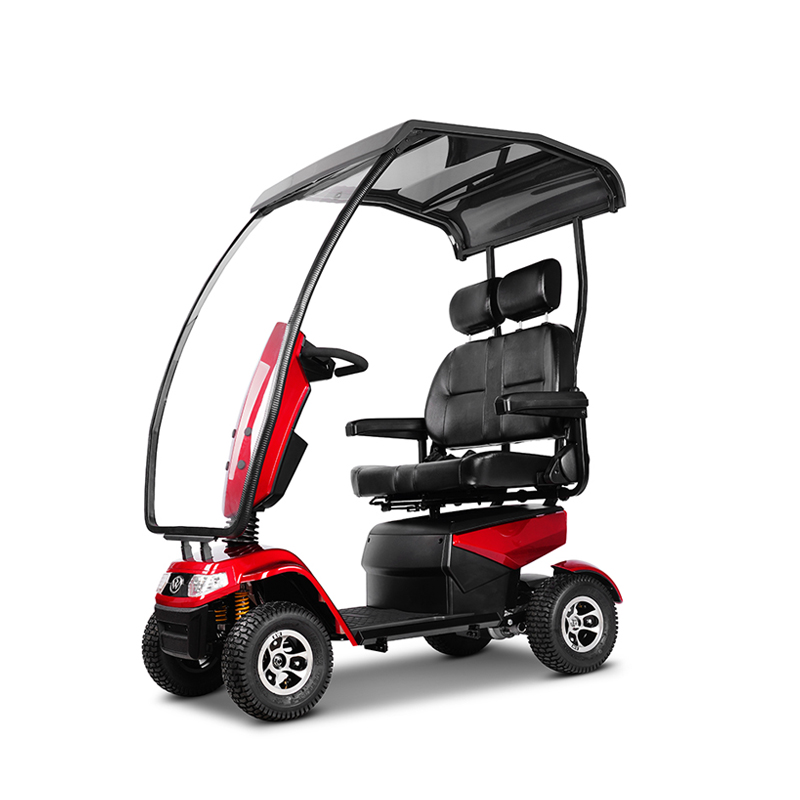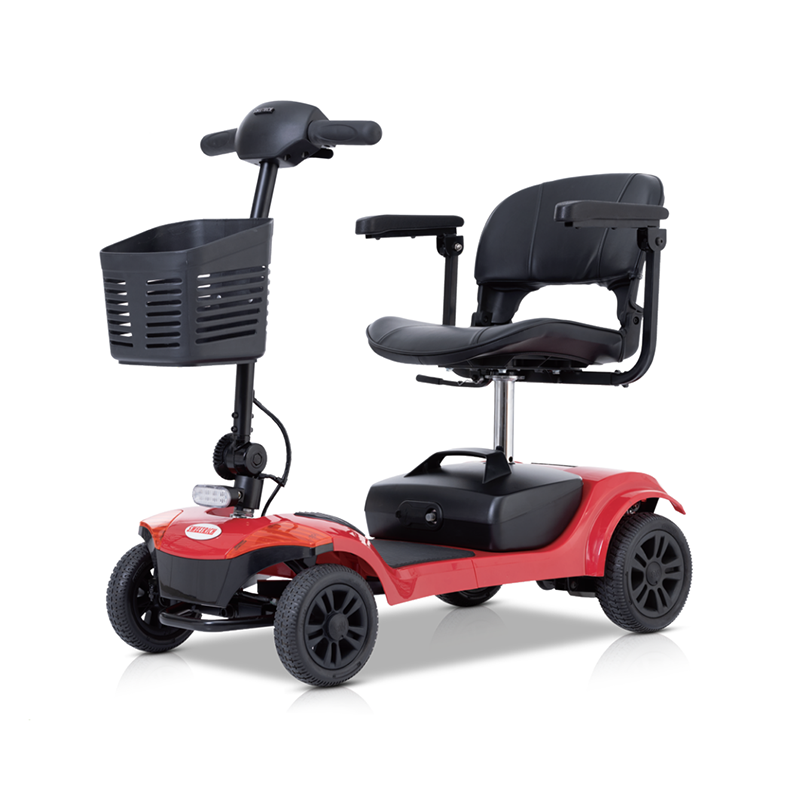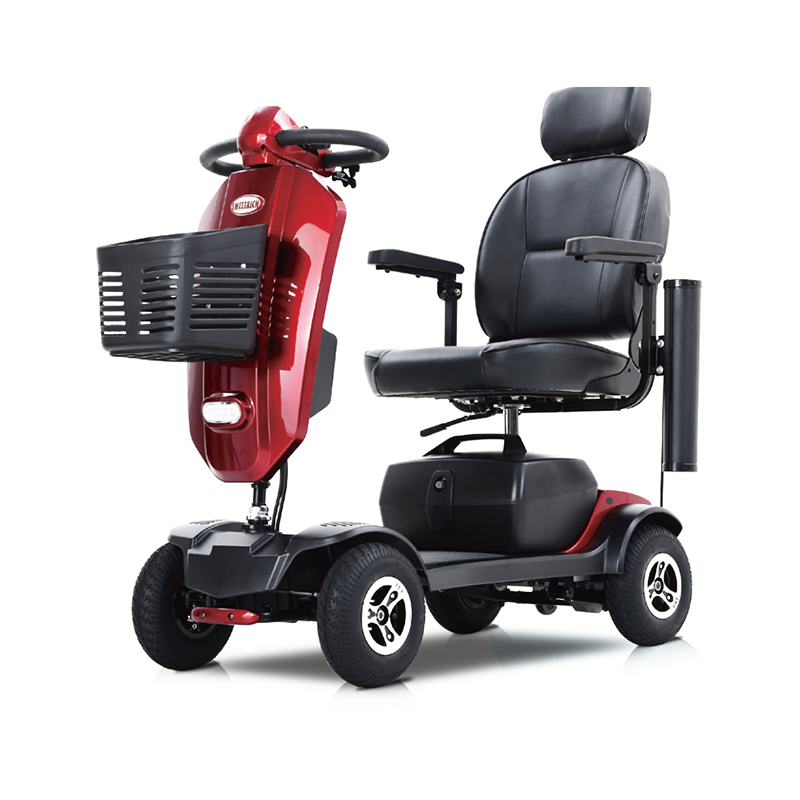The design of Smart Travel Scooter should focus on lightweight and aerodynamics to reduce energy consumption. To achieve this goal, designers can take the following measures.
Reducing weight is an important way to reduce energy consumption. The main power source of smart scooters is usually a battery. Therefore, reducing the weight of the vehicle can reduce the demand on the power system and extend the battery range. Designers can use lightweight materials, such as carbon fiber composites, to replace traditional heavier materials, while maintaining structural strength. In addition, lightweight design can be used to minimize the number and weight of components, streamline the vehicle structure, and thus reduce overall weight.
Optimizing aerodynamic design can reduce drag and improve fuel efficiency. Reducing the air resistance of a vehicle can significantly reduce energy consumption. Designers can adopt streamlined body and smooth vehicle shape to reduce the drag of air flowing through it. In addition, they can optimize the details of the vehicle, such as reducing the front projection area of the vehicle, reducing the side projection area, and adopting smooth wheel design, so as to reduce drag. In addition, they can also install devices such as tailfins on the rear of the vehicle, by changing the aerodynamic characteristics of the vehicle, reducing the turbulence and drag of the airflow at the rear, and improving fuel efficiency.
The design of intelligent scooters can also consider energy recovery technology to further reduce energy consumption. Energy recovery technology can recover and reuse the energy generated during vehicle travel. For example, using a brake energy recovery system to store the energy converted during braking and reuse it during acceleration reduces the additional demand on batteries and improves energy efficiency.
In the design of Smart Travel Scooter, comfort and safety should also be considered in addition to lightweight and aerodynamic design. Lightweight and optimized aerodynamic design may make the structure of the vehicle brittle and vulnerable to external impacts and damage. Therefore, designers need to maintain the structural strength and stability of the vehicle while ensuring lightweight and aerodynamic design. At the same time, full consideration should be given to the comfort of the vehicle, reducing vibration and noise, and improving the comfortable ride experience.
The design of smart mobility vehicles should focus on lightweight and aerodynamic design to reduce energy consumption. By reducing weight and optimizing aerodynamic design, it can reduce energy consumption, extend battery range, and improve fuel efficiency. At the same time, designers should also consider comfort and safety, ensure the structural strength and stability of the vehicle, and provide a comfortable ride experience. By introducing energy recovery technology, it can further reduce energy consumption and achieve higher energy utilization efficiency.

